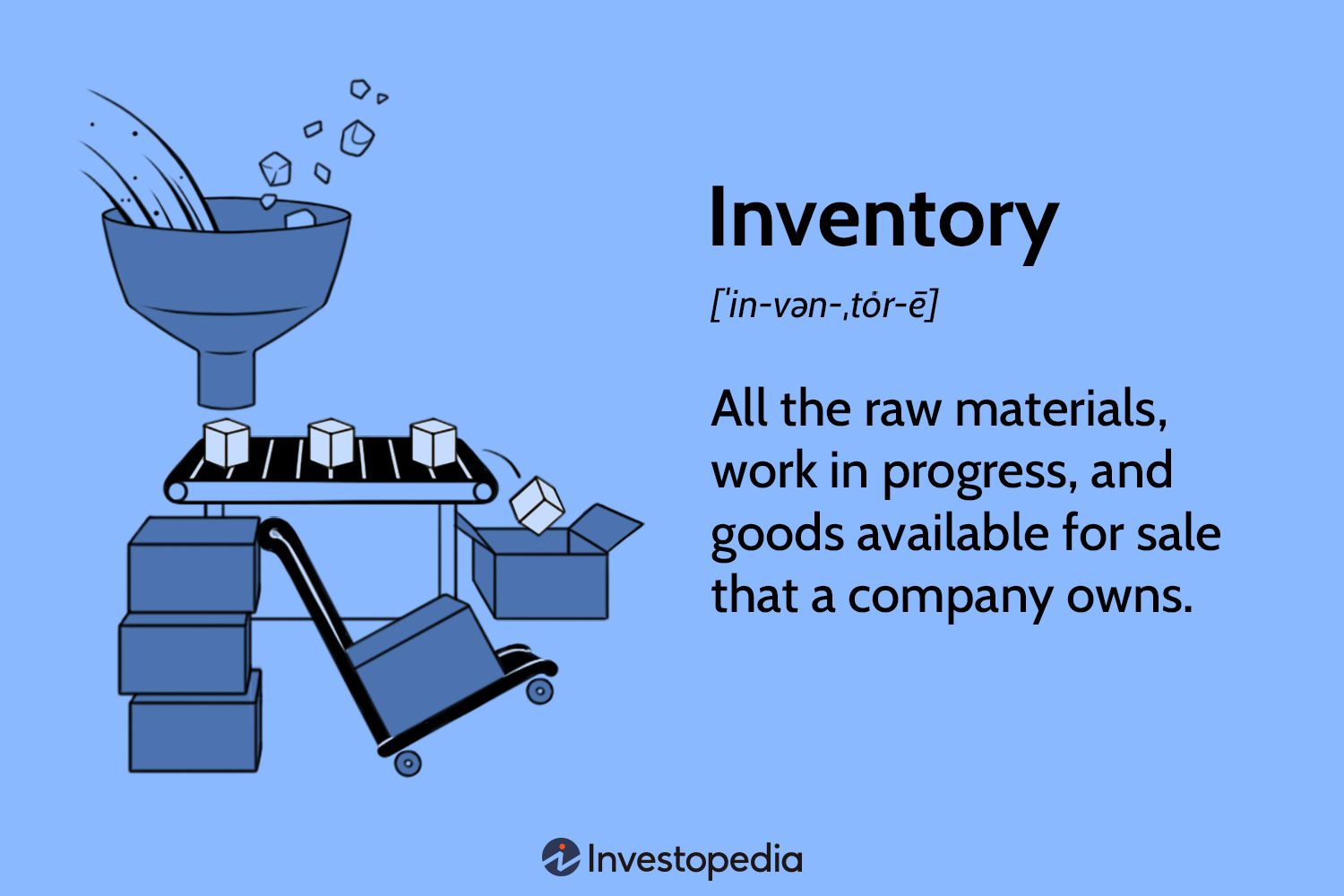Introduction
In the realm of macroeconomics, business inventories play a pivotal role in understanding economic fluctuations, production dynamics, and overall economic health. Inventories, which encompass raw materials, work-in-progress, and finished goods, serve as a buffer between production and consumption, influencing various economic indicators, including Gross Domestic Product (GDP). This article delves into the significance of business inventories in macroeconomics, exploring their components, measurement, impact on economic cycles, and their role in policy formulation.
. Understanding Business Inventories
Definition and Components
Business inventories refer to the stock of goods that companies hold to facilitate production and meet consumer demand. These inventories are typically categorized into three main components:
-
Raw Materials: Basic inputs required for production processes.
-
Work-in-Progress (WIP): Goods that are in the process of being manufactured but are not yet complete.
-
Finished Goods: Completed products ready for sale to consumers or other businesses.
Maintaining appropriate inventory levels is crucial for businesses to operate efficiently, meet customer demand, and manage costs effectively.
Importance in Macroeconomics
In macroeconomic analysis, inventories are significant for several reasons:
-
Indicator of Economic Activity: Changes in inventory levels can signal shifts in economic momentum.
-
Component of GDP: Inventory investment is a part of the investment component in GDP calculations.
-
Buffer Mechanism: Inventories help stabilize production and sales fluctuations, smoothing out short-term economic volatility.
. Measurement of Business Inventories
Data Collection and Reporting
Government agencies, such as the U.S. Census Bureau, collect and publish data on business inventories through surveys and reports. These reports provide insights into inventory levels across various sectors, including manufacturing, wholesale, and retail.
Inventory-to-Sales Ratio
The inventory-to-sales ratio is a key metric used to assess the relationship between inventory levels and sales. It is calculated by dividing the total inventory by the total sales over a specific period. A higher ratio may indicate overstocking or declining sales, while a lower ratio could suggest strong sales or insufficient inventory.
. Inventories and Gross Domestic Product (GDP)
Inventory Investment in GDP
Inventory investment, defined as the change in the value of inventories over a period, is a component of the investment category in GDP calculations. It reflects the goods produced but not yet sold, influencing the total output measured by GDP.
Impact on Economic Growth
Fluctuations in inventory investment can significantly affect GDP growth rates. For instance, an accumulation of inventories may boost GDP in the short term, while a reduction can dampen economic growth. However, excessive inventory buildup may also indicate slowing demand, potentially leading to future production cuts.
. Inventories and Business Cycles
Procyclical Nature
Inventory levels tend to move in tandem with the business cycle, exhibiting procyclical behavior. During economic expansions, businesses often increase inventories in anticipation of higher demand. Conversely, in downturns, companies may reduce inventories to align with decreased consumer spending.
Amplification of Economic Fluctuations
Changes in inventory levels can amplify economic fluctuations. For example, unexpected declines in demand may lead to unplanned inventory accumulation, prompting businesses to cut production and potentially exacerbating economic slowdowns. Similarly, rapid inventory depletion during demand surges can strain supply chains and drive up prices.
. Inventory Management Strategies
Just-In-Time (JIT) Inventory
The JIT inventory system aims to minimize inventory levels by synchronizing production schedules with demand forecasts. While this approach reduces holding costs, it requires precise demand prediction and efficient supply chain coordination.
Safety Stock and Buffer Inventories
Businesses often maintain safety stock to mitigate the risks of stockouts due to demand variability or supply chain disruptions. Buffer inventories serve as a cushion against uncertainties, ensuring continuity in operations and customer satisfaction.
. Policy Implications
Monetary Policy Considerations
Central banks monitor inventory levels as part of their assessment of economic conditions. Significant changes in inventories can influence monetary policy decisions, such as interest rate adjustments, to stabilize economic activity.
Fiscal Policy and Economic Stimulus
Governments may implement fiscal policies to influence inventory investment. For instance, tax incentives or subsidies can encourage businesses to build up inventories, stimulating production and employment during economic downturns.
. Challenges in Inventory Analysis
Data Limitations
Accurate and timely data on inventories can be challenging to obtain, especially in rapidly changing economic environments. Delays or inaccuracies in reporting may hinder effective policy responses and business decision-making.
Interpretation Complexity
Interpreting inventory data requires careful analysis, as changes in inventory levels can result from various factors, including demand shifts, supply chain issues, or strategic business decisions. Distinguishing between these causes is essential for accurate economic assessments.
. Case Studies and Historical Perspectives
The 2008 Financial Crisis
During the 2008 financial crisis, businesses significantly reduced inventories in response to plummeting demand and credit constraints. This inventory drawdown contributed to the sharp contraction in GDP, highlighting the role of inventories in amplifying economic downturns.
Post-Pandemic Recovery
In the aftermath of the COVID-19 pandemic, supply chain disruptions and shifting consumer behaviors led to significant inventory challenges. Businesses faced difficulties in restocking, impacting production schedules and economic recovery trajectories.
Conclusion
Business inventories are a critical component of macroeconomic analysis, influencing production decisions, economic indicators, and policy formulations. Understanding the dynamics of inventories helps economists, policymakers, and business leaders navigate economic cycles and make informed decisions. As the global economy continues to evolve, effective inventory management and analysis will remain essential for economic stability and growth.
